Shrub rose "Princess Alexandra of Kent"
Content
Description
The variety, named after the cousin of the British queen, was created only in 2007, and it has already won the hearts of rose lovers on both sides of the ocean. It belongs to the re-flowering scrubs, the bush grows up to 90 cm high and 60 cm wide. Against the background of dark green foliage, large (12 cm in diameter) double cup-shaped flowers of pink mother-of-pearl color are clearly distinguished, they are single or collected in small inflorescences, under the weight of which the branches tilt slightly. The color is unusually pleasant, warm, more intense towards the center, and the outer petals are slightly lighter. No less amazing smell of these flowers: the traditional tea aroma, as the bud opens, acquires distinct lemon notes, and then blackcurrant notes.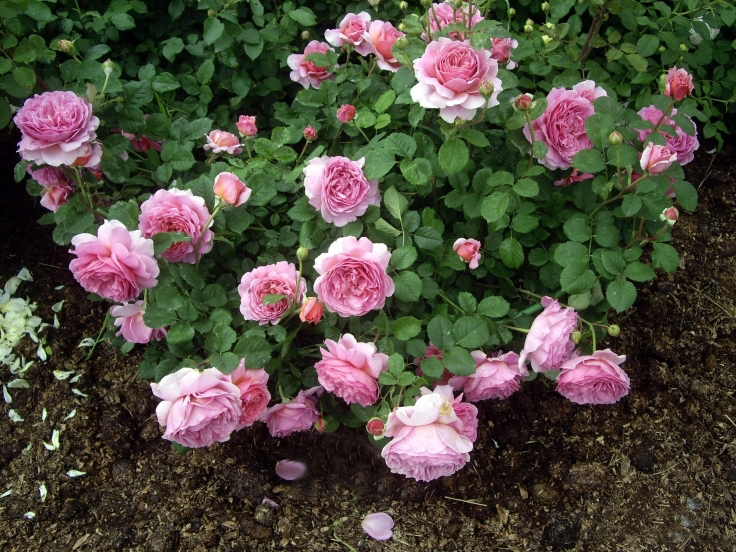
In summer, a fairly compact bush is simply strewn with flowers. Large bright flowers, consisting of a large number of petals (about 100) never look sloppy, the classic shape of old English roses makes itself felt. The bush looks great from all sides, a small group of 3 plants looks good, often roses of this variety are planted in the foreground of complex multi-tiered flower beds.
Austin Roses video
From the video you will learn a lot of new and interesting things about these roses.
Landing place
English roses prefer a temperate climate, they like the sun, but not when it burns delicate petals strongly.
The place for "Princess Alexandra" should be chosen open, it can be slightly elevated in order to exclude the possibility of stagnation of water and cold air. It is good if the sun illuminates the rose from the very morning and in the evening, and at the hottest time of the day it would be better if it fell into a light shade.
The place should be well ventilated, but the bush should not be in a draft. This rose, like all varieties of David Austin, does not like transplants, so it is advisable to determine the location correctly.
The soil
The soil needs nutritious, slightly acidified, breathable, not retaining excess water, black soil or loam is perfect if it is improved with fertilizers and peat is added. 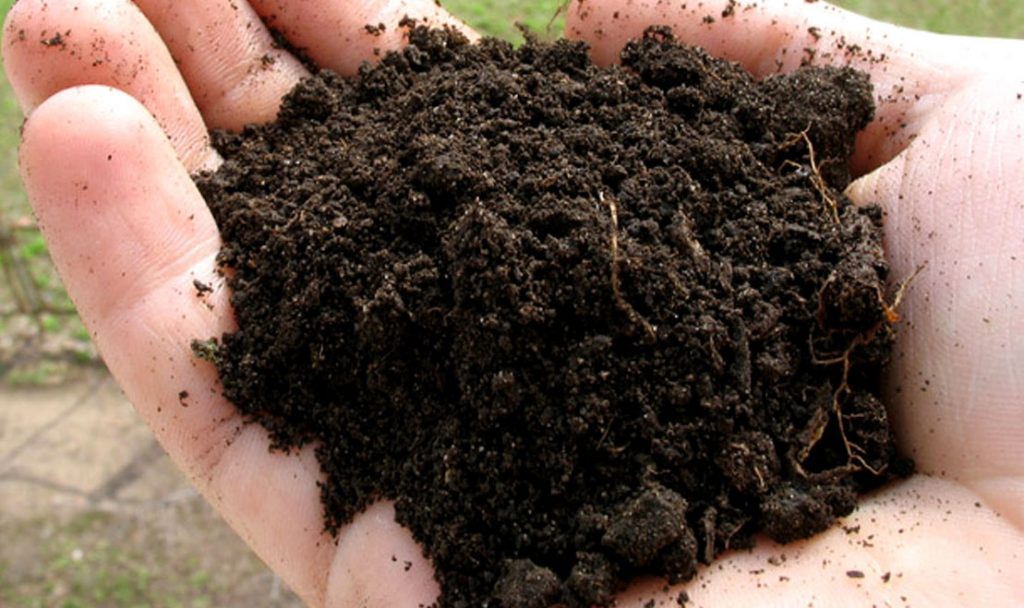 It is important that the groundwater does not rise to the surface closer than 1 - 1.5 m. It is advisable to regulate the acidity - add peat to the alkaline soil, and lime or at least wood ash to the too acidic soil.
It is important that the groundwater does not rise to the surface closer than 1 - 1.5 m. It is advisable to regulate the acidity - add peat to the alkaline soil, and lime or at least wood ash to the too acidic soil.
Landing
A pit for a rose is prepared deep, at least 70 cm, a drainage layer is arranged at the bottom to avoid stagnant water, then compost or humus is placed, and a hill of loose garden soil is poured on top. The bush is placed so that the straightened roots are placed on the slopes of an earthen hill, and the root collar goes 3 cm underground. 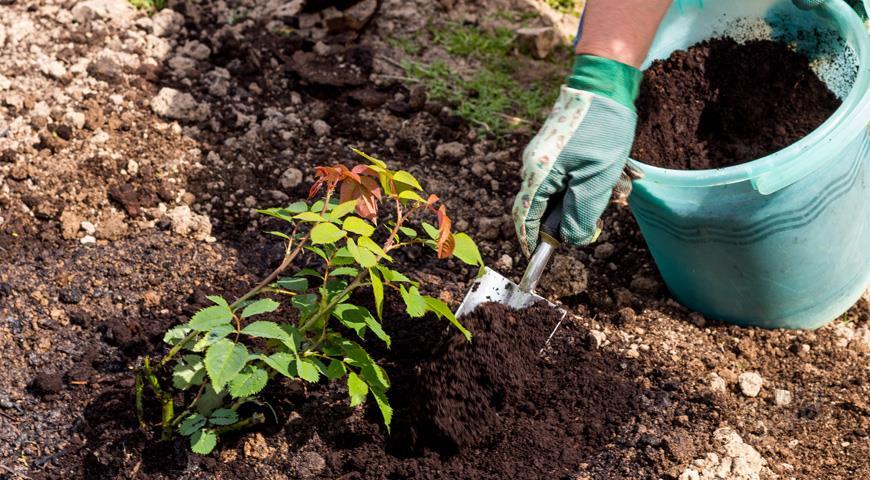 This ensures that there are no shoots growing below the grafting point (although the varieties from David Austin are famous for not producing wild growth), and saves the vulnerable graft site from cold and heat. The roots are carefully covered with loose earth, tamped around the bush and watered. Experts advise to dip the roots in a clay mash before planting.
This ensures that there are no shoots growing below the grafting point (although the varieties from David Austin are famous for not producing wild growth), and saves the vulnerable graft site from cold and heat. The roots are carefully covered with loose earth, tamped around the bush and watered. Experts advise to dip the roots in a clay mash before planting.
Roses from this nursery are always grafted onto a branded stock, they form a strong root system, the length of the main root can reach one and a half meters, so the bushes do not like transplanting.
After planting, young bushes take a long time to get used to a new place, for the first year they do not need to be allowed to bloom, only in August one can leave one bud and let the seeds ripen, this will make the plant stronger and prepare it for a dormant period.
Care
Caring for the "Princess" implies the same set of activities that all rose lovers carry out: regular watering, feeding, weeding and loosening the earth, disease prevention, protection from parasites, pruning, preparation for winter. 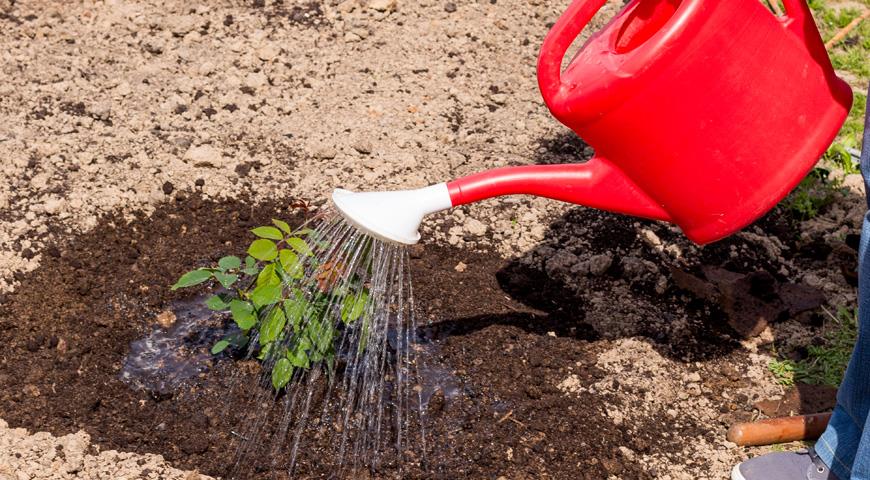 It is not necessary to water the rose too often and abundantly, it is considered drought-resistant, but with the arrival of heat it is worth watering a little more often, since the water not only nourishes the roots, but also cools the earthen lump. Top dressing is applied in a liquid state after watering, in the spring the emphasis is on nitrogen, and in the second half of summer potassium-phosphorus should prevail. After watering, be sure to loosen the ground so that a crust does not form.
It is not necessary to water the rose too often and abundantly, it is considered drought-resistant, but with the arrival of heat it is worth watering a little more often, since the water not only nourishes the roots, but also cools the earthen lump. Top dressing is applied in a liquid state after watering, in the spring the emphasis is on nitrogen, and in the second half of summer potassium-phosphorus should prevail. After watering, be sure to loosen the ground so that a crust does not form.
In the summer, sanitary pruning is carried out, damaged leaves and shoots are removed, and wilting flowers are cut. In the fall, extra shoots are removed, and the main formative pruning is carried out in the spring, when living buds are already visible.  Frozen shoots or tops of branches are removed, all others are shortened by a third to form a beautiful bush.
Frozen shoots or tops of branches are removed, all others are shortened by a third to form a beautiful bush.
The variety is resistant to fungal diseases, but care must be taken that the bush does not become too thick, all branches should receive sunlight and fresh air. Parasites can harm aphids if they do not notice their appearance. At the slightest sign of disease or the appearance of parasites, it is advisable to treat the bush with special preparations, and cut off and destroy all affected parts of the plant.
With the arrival of cold weather, the bush is covered. 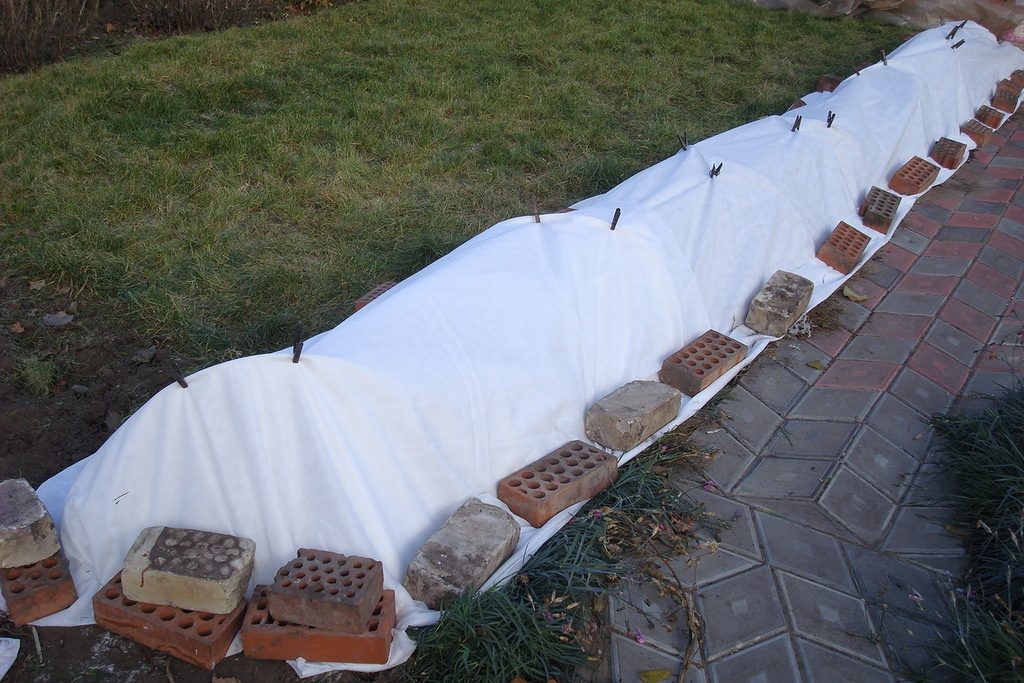 The shoots are covered with earth to a height of up to 10 cm, spruce branches are placed under the bush and on the laid shoots, and a frame is arranged on top, covered with lutrasil and film, so as to leave the possibility of airing. In the spring, the shelter is removed gradually.
The shoots are covered with earth to a height of up to 10 cm, spruce branches are placed under the bush and on the laid shoots, and a frame is arranged on top, covered with lutrasil and film, so as to leave the possibility of airing. In the spring, the shelter is removed gradually.
Reproduction
"Princess" reproduces well by cuttings. Branches for cuttings are cut after the first wave of flowering, and they are rooted in the ground. Own-rooted plants retain all the characteristics of the variety.
Video "Care and Reproduction"
From the video you will learn how to properly care for and reproduce roses.



